Bridging the Digital Divide on Colombia’s Pacific Coast: How a Community Network Transforms Lives
In the remote Afro-Colombian communities of Juanchaco and Ladrilleros, located along the Pacific coast of Valle del Cauca in Colombia and primarily accessible by boat, having Internet access has long been an aspiration. The lack of connectivity has left many families without access to educational and economic opportunities, causing some to consider leaving their homes in search of a better future. Although just an hour by sea from the nearest city, Buenaventura, living in this rural and remote area presents significant challenges for this vibrant community in obtaining essential services such as healthcare, education, and communication.
The project “Connecting People: Implementing Community Networks Using IMT Spectrum”, led by Asociación Colnodo and funded by the Internet Society Foundation’s Strengthening Communities/Improving Lives and Livelihoods (SCILLS) grant program, has broken the isolation by bringing essential Internet connectivity to these remote communities. The initiative has empowered remote Colombian communities to build and operate LTE-based Internet networks. By combining cutting-edge connectivity with training in digital skills, particularly for women entrepreneurs, the initiative promotes inclusion, economic resilience, and educational opportunities in areas overlooked by digital infrastructure.
Through this project, a community network has come to life: Red Comunitaria La Cachuda. This initiative has resulted in a dramatic transformation within these remote communities, particularly in education, entrepreneurship, and communication. Children and young people can now study online, bridging a significant educational gap, while local entrepreneurs, especially women, can promote their products, culture, and gastronomy through social media, thus boosting the local economy. Additionally, communication via instant messaging applications has strengthened community bonds and reduced isolation.
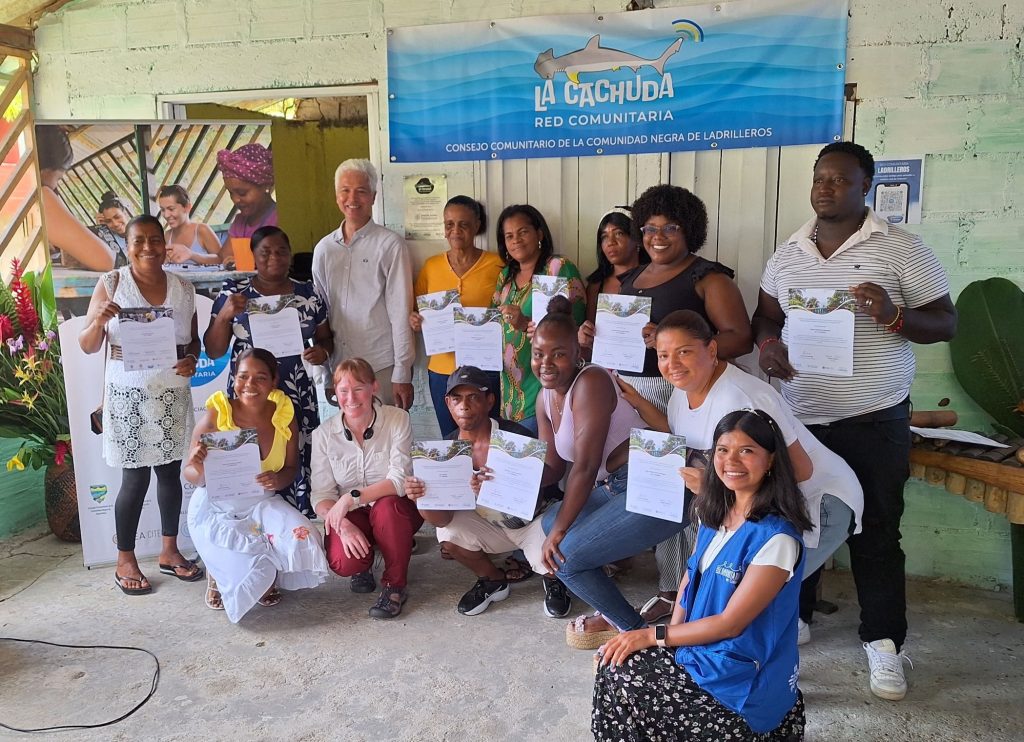
Photo: Asociación Colnodo.
Before the implementation of the community network, digital connectivity was merely a distant dream for the community. Soledad Ballesteros, the Local Coordinator of the La Cachuda Community Network, states that “communication was very limited in our communities. All related to connection and communication was quite difficult.” But now, “there is a very positive change as the Internet is our support, which not only allows people in the community to communicate but also unites us as a community,” she says.
Connectivity was established in this remote community using LTE-based technology (long-term evolution, a 4G mobile communications standard), from International Mobile Telecommunications (IMT), via the 900 MHz band, which is currently not commercially used or allocated, and covers large areas where fiber optics or radio links are unfeasible. It operates from a base station located 12 meters above sea level and features an autonomous solar energy system, ensuring access via personal mobile devices and nine Wi-Fi modems with SIM cards.
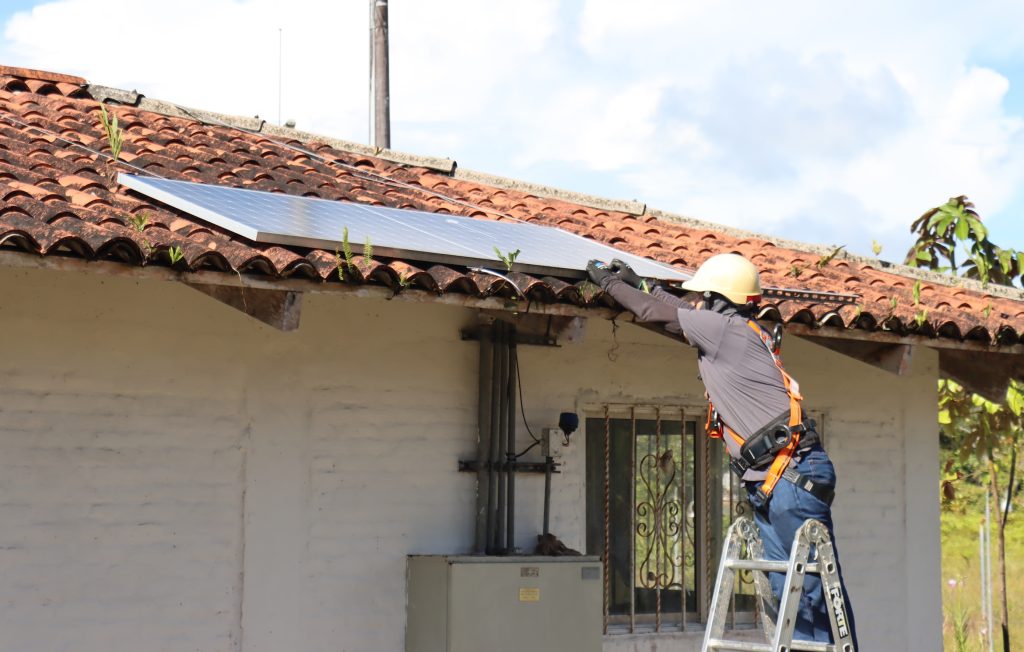
Photo: Asociación Colnodo.
But this project is about more than connectivity; it’s about empowerment. More than 60 people from the community received training to strengthen their digital skills, and 47 women entrepreneurs took a course to learn about digital marketing and financial literacy. Aurora Orobio, a network beneficiary and virtual student, highlighted the project’s significance for community development and expressed a “wish for similar networks to be implemented in other territories, to empower women and reduce social and gender gaps.”
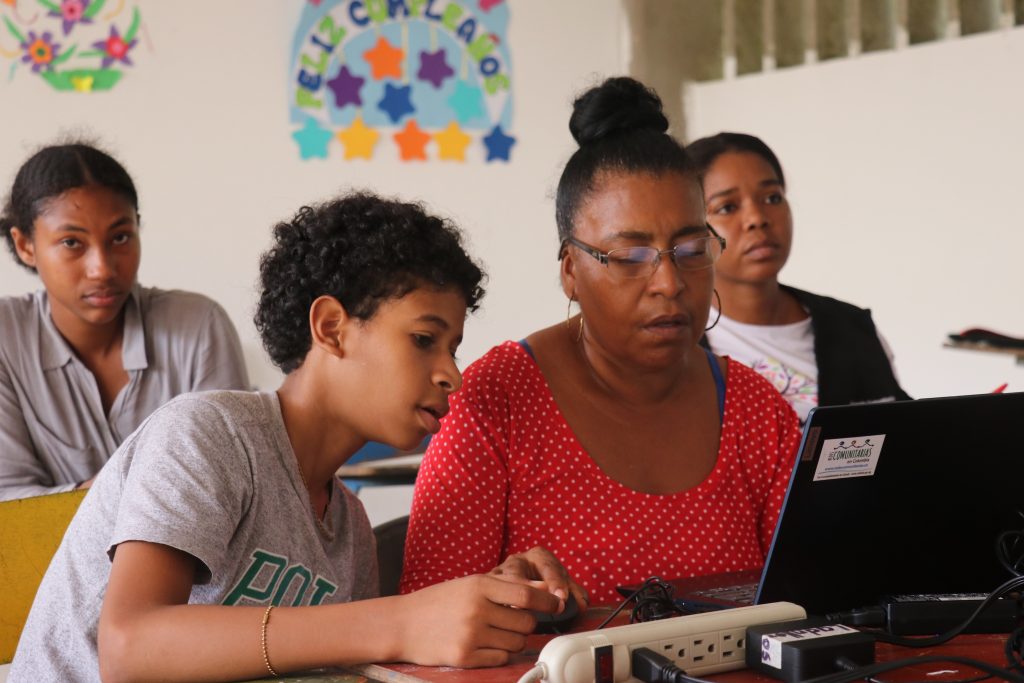
Photo: Asociación Colnodo.
Thanks to the new infrastructure, over 100 families now enjoy stable Internet access. Residents use the network to communicate, children attend online classes, and women entrepreneurs promote local products and Afro-Colombian cultural heritage through social media. “This network solution is for everyone and benefits everyone. Particularly for many families living in remote places who had to travel to be able to communicate, make a call, or access services on the Internet. It was quite complicated. But now, with the community network, people are very happy with it,” says Soledad Ballesteros. For example, “we’ve created a community WhatsApp group. People now share important updates, coordinate efforts, and support each other more easily. So, we’re not just connected — we’re united”.
For the Director of Asociación Colnodo, Julián Casasbuenas G., “this project demonstrates the power of communities to manage their own connectivity through technologies suited for remote areas where commercial Internet doesn’t reach.” Moreover, beyond that, this project proved that “women can now actively participate in this technology project, creating and developing businesses within the community network, such as tourism and the production of ancestral beverages, and commercialized due to the Internet platforms.”
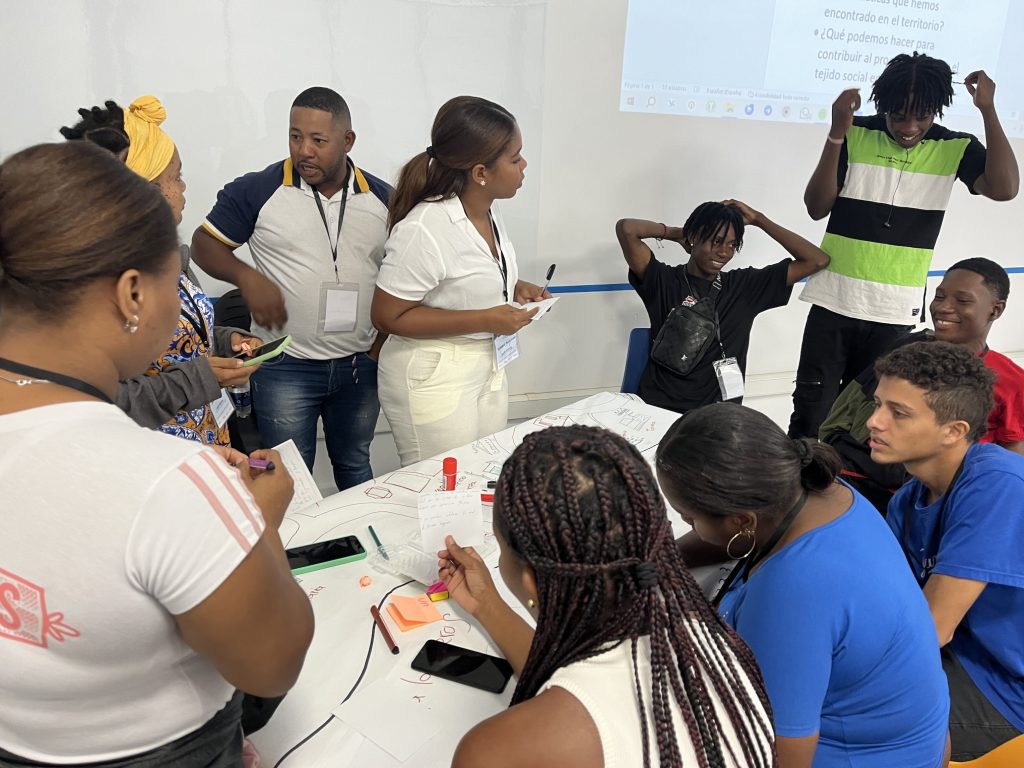
Photo: Asociación Colnodo.
This project is also contributing to shape national policy by recommendations for a decree from Colombia’s Ministry of ICT aimed at enabling community access to the IMT spectrum. This regulatory advancement lays the groundwork for replicating the model in other underserved areas. The success of the La Cachuda network demonstrates strong multi-sector collaboration involving Asociación Colnodo, CITEL – Interamerican Telecommunication Commission, the Ministry of ICT of Colombia, and the support of the Internet Society Foundation, showcasing how strategic grants can transform lives and promote digital inclusion.
“Our goal through the SCILLS grant program is not only to connect people to the Internet but also to unlock opportunities for education, entrepreneurship, and social inclusion,” said Jenn Beard, Senior Program Officer at the Internet Society Foundation.” This grant program is designed to “support initiatives that leverage Internet access as a catalyst for long-term change in underserved communities. Access to the Internet is no longer a luxury; it’s a foundational tool for thriving in today’s world. By funding initiatives like this one, we aim to empower local leaders and ensure that people, especially women and youth, gain the digital skills they need to participate fully in the economy and civil society. What we’ve witnessed in Juanchaco and Ladrilleros is a powerful example of how community-led connectivity can foster dignity, autonomy, and hope”, she stated.
This project marks a turning point. What was once a disconnected region is now a thriving, digitally connected community that uses technology to strengthen social ties, preserve cultural identity, and build a more inclusive and prosperous future.
Learn more about:
– SCILLS Grant program
– Asociación Colnodo Colombia
– Red Comunitaria La Cachuda
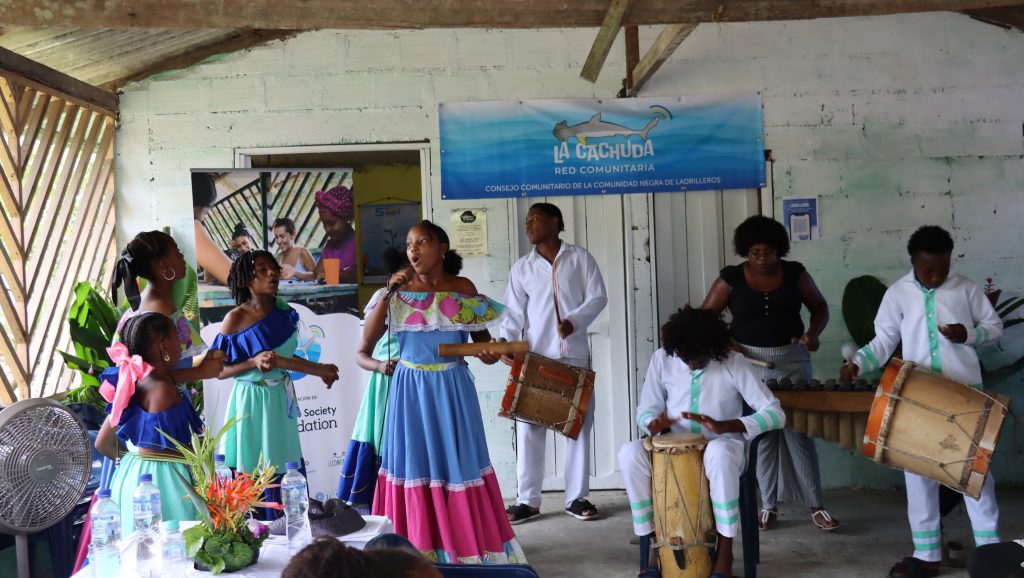
Photo: Asociación Colnodo.
